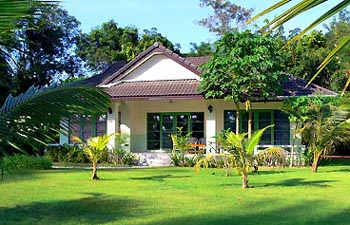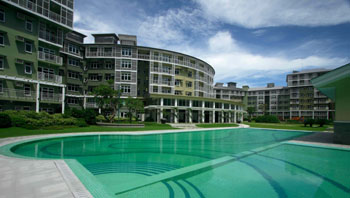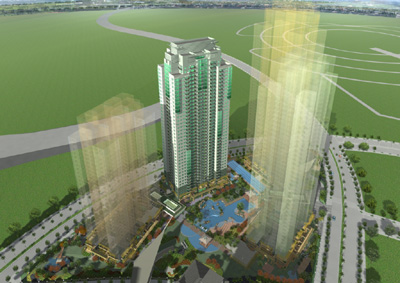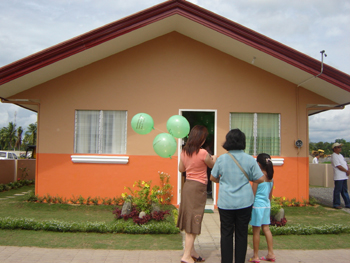Despite the current global financial crisis, the Philippine government is still planning to push through with introducing Real Estate Investment Trust (REITs) into the local equities market. REITs are legal entities whose functions are to allow small and large investors to participate in owning income-producing real estate properties and other similar assets. REIT shares are traded like stocks, which means they are affecting by the ups and downs of the local and global stock market.
President of the Philippine Stock Exchange Francis Lim told the press at the REIT Forum in Makati that regardless of the external shocks going on right now, our market has to keep on moving. The government and the private sector must keep on creating an environment where investments can flourish, and this includes implementing measures to insulate the local stock market from external shocks and making it easier for investments to push through.
Lim also added that the Philippines is behind most countries in getting into the REIT bandwagon. The REIT bill was filed in 2006 and is already pending in both the House of Representatives and the Senate. It is likely that the bill will be put into place by July 2009. As of now the government is ironing out the details of the REIT scheme such as the 25% tax incentives for potential investors.







